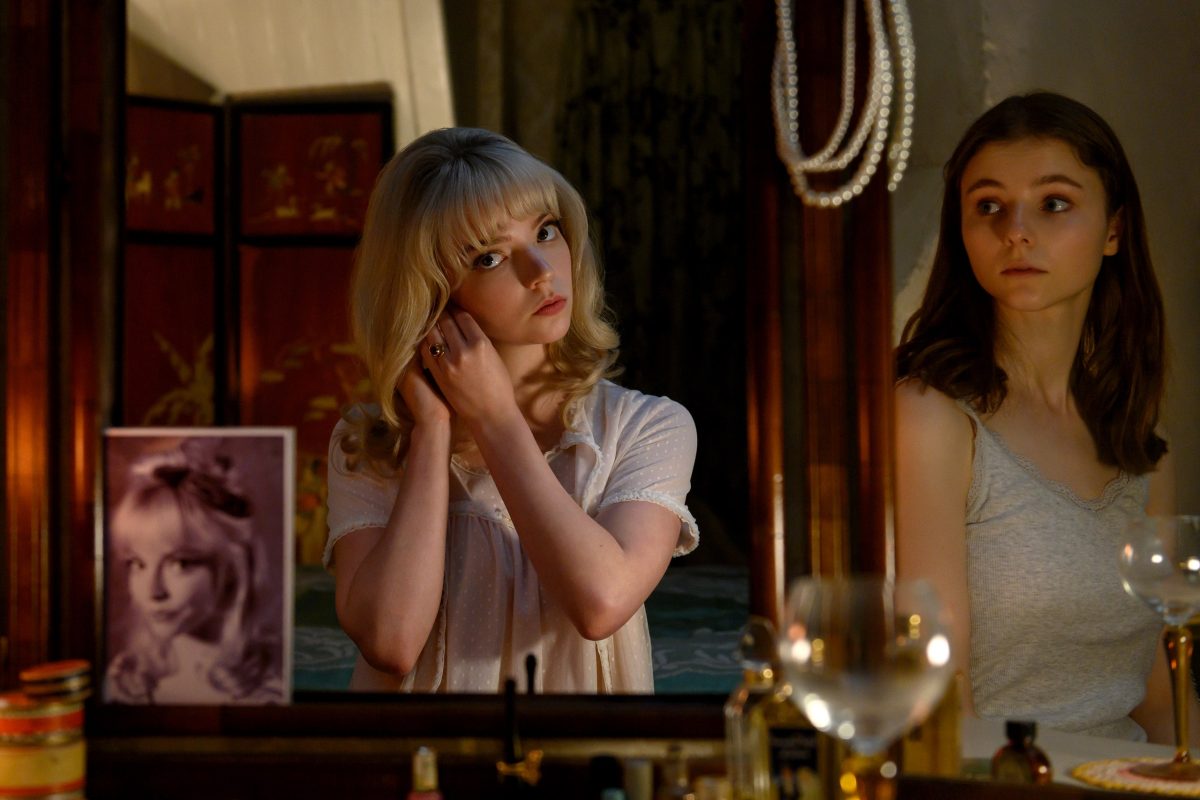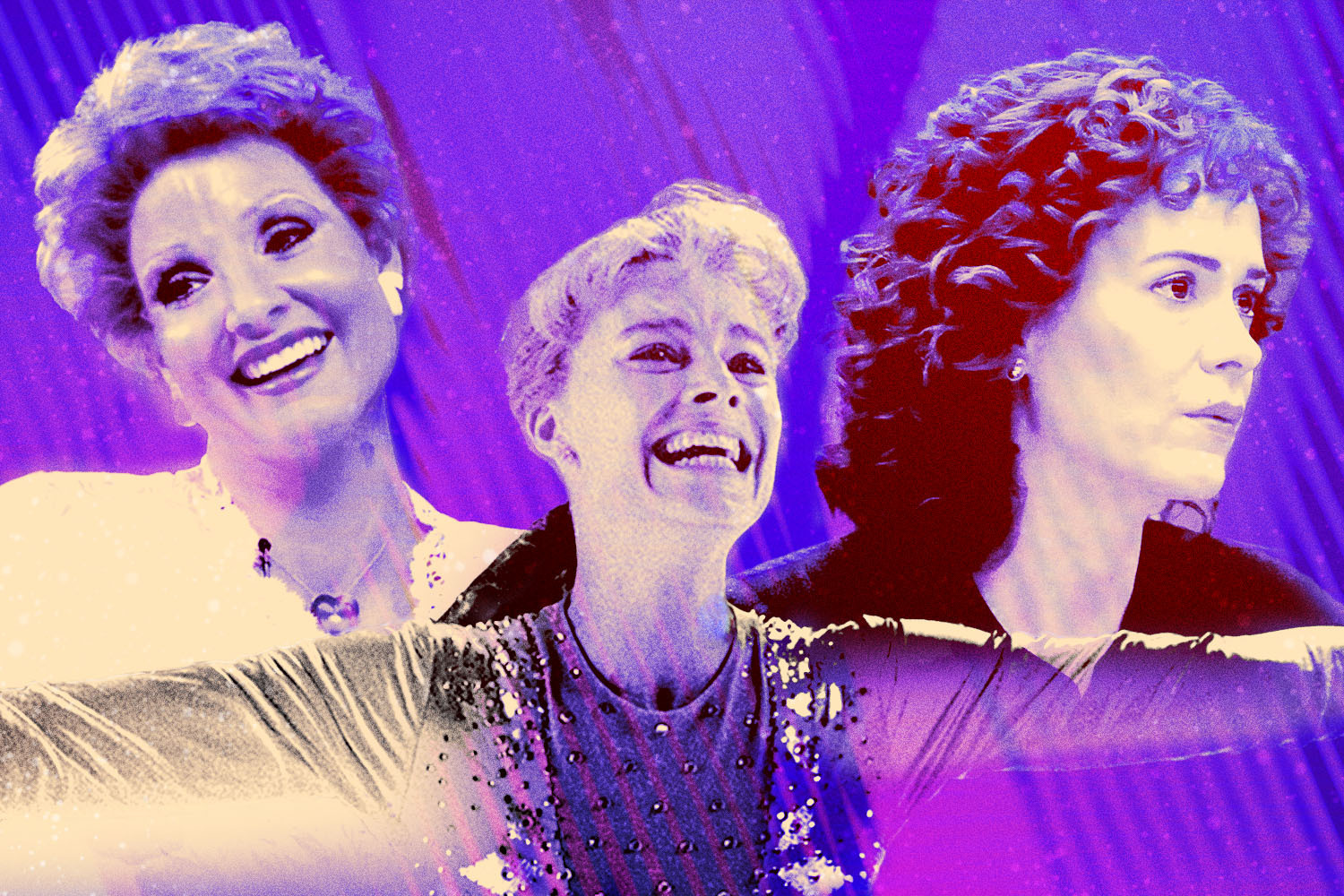In the cinema of Edgar Wright, we can recognize the arrival of a hero by their defining combination of savvy and immaturity. The slackers, losers, and zeroes populating his early works earned the instant approval of pop-culture mavens for being one of us, for knowing so many things about so many things, none of which lend themselves to functional adulthood. His name-making no-budget debut A Fistful of Fingers got itself out there by starting with a title that conveyed all salient information to those hip to the Sergio Leone reference: we’re in for a spaghetti Western homage, jolted with self-referential comedy evident in the cheeky redundancy. He broke out directing the short-lived yet well-loved TV series Spaced, in which constant collaborator Simon Pegg led as the breed of overgrown adolescent who doesn’t just assign his buddies Star Wars-themed call signs for their raid on an animal-testing facility, but goes so far as to hog Han Solo for himself. (Albeit less overtly, the quibble over codenaming can also double as a reference to Reservoir Dogs.)
In Shaun of the Dead, a familiarity with zombie classics represents the crucial edge allowing Pegg and frequent onscreen buddy Nick Frost to withstand an invasion of the undead, and in the case of follow-up Hot Fuzz, the duo’s delusions of on-patrol excitement in their sleepy rural hamlet come from the buddy-cop canon. The eponymous doofus in Scott Pilgrim vs. the World considers the etymology of Pac-Man’s name to be primo flirting material.
With 2013’s The World’s End, however, Wright concluded his “Three Flavours Cornetto” triptych (united by the Pegg-Frost pairing, as well as running jokes involving fences and ice cream) while launching a looser, more informal one. There’s been a change in the auteur’s winds, evident in Baby Driver and now made undeniable by his newest and most polarizing feature, Last Night in Soho. He’s begun to play the fetishism for allusion that’s always fueled his output against a newfound anxiety that our obsessions may be more of a hazard than hobby. Beyond merely stunting growth, a fixation on the detritus of nerdery can isolate those in its thrall, and in this latest instance, tear them to shreds.
The World’s End continued the Three Flavours’ main preoccupation with getting one’s shit together, its tenor changed for the direr by both Pegg and Wright arriving at the threshold of their forties. Pegg’s character Gary has just hit the big four-oh, though he’s not going to let that stop him from pursuing his lifestyle of arrested development and casual alcoholism. He sets the plot’s action in motion by summoning his school chums to relive the good old days everyone else has stopped clinging to, only for their pub crawl to turn into a fight for their lives when it turns out they’re surrounded by malevolent androids dubbed “simulants.” Unlike Pegg’s previous layabout boobs in Spaced or Shaun of the Dead, Gary’s gotten too old to pull off the going-nowhere routine with shit-eating charm. The attachment to his glory years and their shared reference points that once connected him to his pals now cast him in a pathetic, uncomfortable, embarrassing light.
By the conclusion, he’ll have kicked the drinking habit while holding on to his rowdy ways, the closest thing to a happy ending that someone trying to age without getting boring can hope for. Baby, the getaway-man “Mozart with a go-kart” speeding through the heists of Baby Driver, is too young for such a midlife crisis, though his arc also sees him shedding a philosophy that shuts out the world. Wright taps into a lineage of action filmmaking oriented around moral relativists through Baby, whose rationale that he’s only a passive driver in these criminal schemes (along with his refusal to carry a gun) recalls Drive, which recalls Walter Hill’s The Driver, which recalls Jean-Pierre Melville’s Le Samouraï, and so on. His detachment from his own acts gains a potent symbol in the ever-present earbuds blasting music to block out his tinnitus and nagging guilt; it’s earworm as safety blanket, giving him an out from his own complicity by blocking out the noise. Meeting a comely diner waitress inspires him to take responsibility for his own life, a decisive line-in-the-sand moment that coincides with his shedding of the iPod.
Last Night in Soho pushes Wright’s pet theme into a more extreme realm of hostile abstraction and surrealism, in which the protagonist’s in-the-know predilections don’t just leave her secluded — they manifest physically, and want to kill her. Country girl Eloise (a tremulous Thomasin McKenzie) arrives at fashion school in London brimming with ambitions to be the next great designer, yet sorely lacking in confidence. Timid and inexperienced, she’s looking for someone to play ambassador to both this dazzling new city as well as womanhood, and she thinks she’s found it in her posh roommate Jocasta. Stylish, headstrong and irresistible to men, she embodies everything Eloise wants to be. But when she turns out to be a bully with little interest in being friends, Eloise retreats into fantasy and invents (channels? hallucinates?) a suitable replacement in the desirable, self-assured Sandie (Anya Taylor-Joy, movie-star charisma pumped up to max).
Eloise immerses herself in ephemera of the swinging ‘60s, her bedroom wallpapered with magpied posters and album art. Each night, she dreams her way back to this heavily romanticized era in the partially dissociated form of Sandie, both watching and inhabiting the wannabe crooner dead-set on headlining one of the district’s tony nightclubs. At first, it’s a wish come true, the glitz and glamour of the past in stark contrast to a bleak outing with Jocasta that ends with Eloise hiding in a toilet stall. Shadowing Sandie initiates Eloise in the ways of sex as well; whereas Jocasta brings a guy back to their shared dorm and flings her shirt in the face of a not-even-sleeping Eloise, Sandie shares in her exploits, a hickey given to her lingering on Eloise’s neck the next morning. When making out with the slickster Jack, Eloise appears in the mirror behind her via trick photography and the twinned girls make eye contact, bonding with one another through the third party latched onto the both of them.
By the time Eloise goes blonde to emulate the hairdo of her nocturnal double, it’s clear that she’s losing touch with herself and her reality, a situation not helped by the recurrence of the schizophrenia she thought she had under control. It’s here that Sandie’s story takes a turn for the tragic, as Jack uses his promises of stardom to force her into sex work, the featureless faces of her blocked-out johns haunting Eloise by day. Wright warns against idealizing an era just as ripe with rot and degradation as the present, but his point also has more nuance than pointing out the obvious failings of a less enlightened time. His unease comes from a perceptibly personal place, a fear that modeling yourself or your work on your favorite movies and music only imitates coming-of-age, while in actuality trapping you in an infantilizing dimension of your own creation.
Eloise makes it out of this nightmarish ordeal alive, having found her voice by the time her freshman fashion show closes out the film. She’s not time-traveling in her sleep anymore and appears more well-adjusted, but crucially, her dresses still harken back to her beloved ‘60s aesthetics. This seems to be a significant stand for Wright, who remains attached to his allusive method of filmmaking even as he critiques it. While resisting explicit name-drops, he draws from the playbook of Italian horror legend Dario Argento in invisible yet integral ways. Many of the choices the film’s detractors have found off-putting make the most sense as nods to the slasher tradition known as giallo: the red-herring twist that goes nowhere, garbled sexual politics caught between fear and leering lust, a third act that turns the preceding swirl of madness into a straightforward whodunit resolved in the battiest way possible. The pivotal scene, an act of violence witnessed helplessly from behind a pane of glass and later watched again with vital added context, comes straight out of The Bird with the Crystal Plumage.
Seen through this vantage, Last Night in Soho looks like an odder beast than meets the eye. As a tribute to off-the-beaten-path cinema with a healthy distrust of its own pop fluency, as a historically boyish director’s effort to shed his sight gags and make something distinctly adult, and as a literal exploitation film nagged by its own conscience, the film is rich with tensions known all too well to anyone who has worried that they might speak in quotations more than their own words. Like Eloise, it’s incumbent on any aficionado of obscurities to check their impulse to build walls made of art instead of engaging with other people; to accept the invitation out that she initially refuses so she can go home and delve further into the vicarious. Otherwise, we run the risk of ending up like the film’s eventually outed true villain: whiling away the decades in a stale room with little more than records for company, imprisoned by our own comfortable solitude, slipping into insanity.
This article appeared in an InsideHook newsletter. Sign up for free to get more on travel, wellness, style, drinking, and culture.























